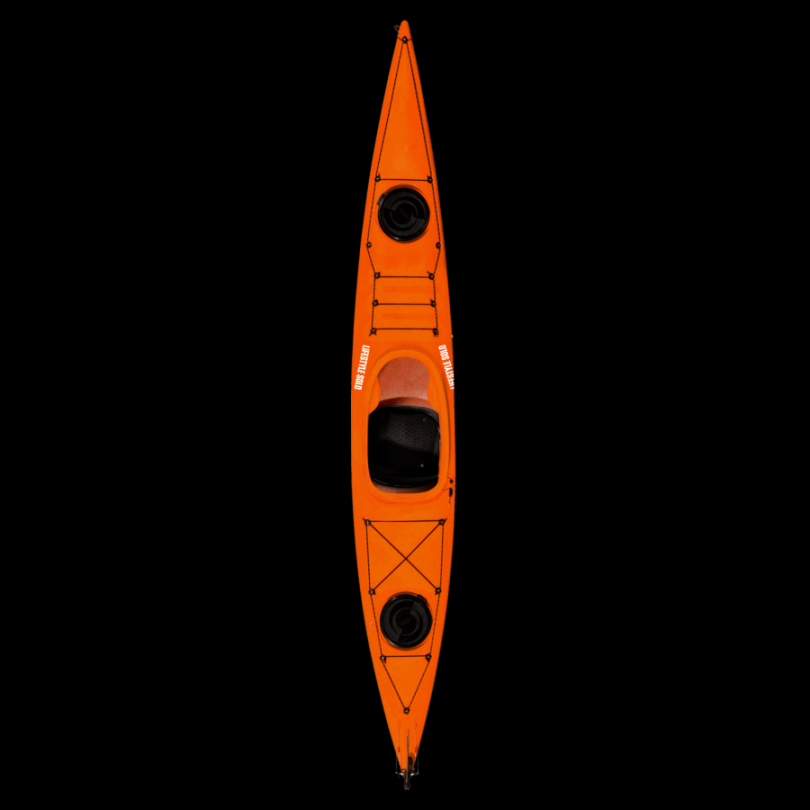Finding Your Perfect Paddle Partner
When embarking on your kayaking adventure, one of the most crucial decisions you’ll make is selecting the right kayak. With a plethora of options available, it can be overwhelming to determine which one suits your needs and preferences. In this guide, we’ll delve into the key factors to consider when choosing your first kayak.
Kayak Types: A Quick Overview

Before we dive into the specifics, it’s essential to understand the primary types of kayaks:
Recreational Kayaks: These are versatile kayaks suitable for beginners and casual paddlers. They offer stability, comfort, and ample storage space.
Key Factors to Consider:
1. Your Paddling Style: What do you envision yourself doing with your kayak? Are you interested in leisurely paddling on calm lakes, exploring rivers, or tackling whitewater rapids? Your paddling style will significantly influence your kayak choice.
2. Your Fitness Level: Consider your physical capabilities and endurance. If you’re new to kayaking or have limited fitness, a recreational kayak with ample stability will be a good starting point. As you gain experience and fitness, you may want to explore more performance-oriented options.
3. Kayak Length: The length of your kayak affects its stability, speed, and maneuverability. Longer kayaks are generally more stable and faster, but they can be less maneuverable in tight spaces. Shorter kayaks are more agile and easier to turn, but they may be less stable in rough water.
4. Kayak Width: The width of your kayak influences its stability and tracking. Wider kayaks are more stable, but they may be slower. Narrower kayaks are faster but less stable.
5. Kayak Material: Kayaks are typically made from materials such as polyethylene, fiberglass, carbon fiber, and wood. Polyethylene is a popular choice for beginners due to its durability and affordability. Fiberglass and carbon fiber are lighter and more responsive, but they can be more expensive.
6. Weight Capacity: Ensure the kayak’s weight capacity is sufficient to accommodate you, your gear, and any passengers.
7. Storage Space: Consider your storage needs. Do you plan to carry camping gear, fishing equipment, or other essentials? Look for kayaks with ample storage compartments or deck rigging to secure your belongings.
8. Comfort: Spend time sitting in different kayaks to find one that feels comfortable and supportive. Consider factors such as seat padding, backrest, and footrests.
Additional Tips:
Consider a Used Kayak: If you’re on a budget, consider purchasing a used kayak. Many local paddling clubs or online marketplaces have used kayaks available.
By carefully considering these factors, you can select a kayak that perfectly complements your paddling style, fitness level, and adventure goals. So, whether you’re seeking a leisurely paddle on a calm lake or an adrenaline-pumping whitewater adventure, the right kayak is out there waiting for you. Happy paddling!
Sit-on-Top Kayaks: The ultimate choice for beginners and those seeking a more casual paddling experience.
If you’re new to kayaking or simply looking for a relaxed and easy-going paddling experience, a sit-on-top kayak is the perfect choice. These kayaks are designed with stability and comfort in mind, making them ideal for leisurely outings, fishing, or simply enjoying the scenery.
Why Choose a Sit-on-Top Kayak?
Stability: Sit-on-top kayaks are inherently more stable than traditional sit-in kayaks, making them less likely to tip over. This added stability is especially beneficial for beginners who may be less confident in their paddling skills.
Key Features to Consider
When choosing a sit-on-top kayak, there are a few key features to consider:
Length: Longer kayaks are generally more stable and track better in choppy waters. However, shorter kayaks are easier to maneuver and transport. The ideal length will depend on your paddling style and the types of waters you’ll be exploring.
Choosing the Right Sit-on-Top Kayak
The best sit-on-top kayak for you will depend on your individual needs and preferences. Consider your paddling style, the types of waters you’ll be exploring, and your budget when making your decision.
If you’re a beginner or simply looking for a relaxed paddling experience, a sit-on-top kayak is an excellent choice. With their stability, comfort, and versatility, these kayaks are perfect for enjoying the beauty of the water.
 Udento Lifestyle & Health
Udento Lifestyle & Health




